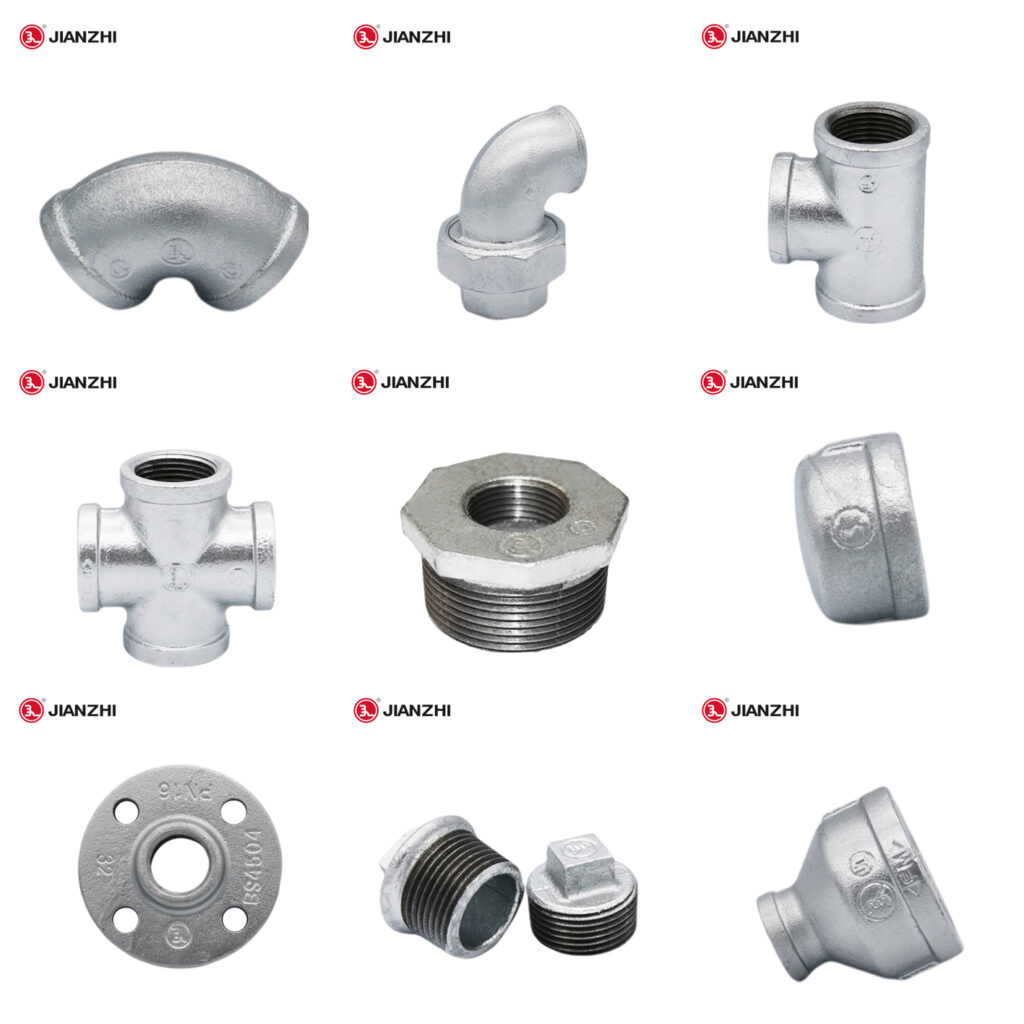How do steam pipe fittings perform in applications with high levels of particulate matter?
Particulate matter, such as dust, debris, or solid particles suspended in the steam flow, can pose challenges to steam pipe fittings, potentially leading to abrasion, erosion, clogging, or corrosion.
Here’s how steam pipe fittings perform in such conditions:
- Material Selection: Choose materials for steam pipe fittings that offer excellent resistance to abrasion, erosion, and corrosion in the presence of particulate matter. Common materials include stainless steel, alloy steels, and corrosion-resistant alloys such as Hastelloy or Inconel, which can withstand abrasive wear and chemical attack.
- Surface Finish: Opt for smooth surface finishes on steam pipe fittings to minimize frictional resistance and reduce the adhesion of particulate matter. Smooth surfaces are less prone to abrasion and erosion, promoting smoother flow and reducing the accumulation of debris or deposits inside the fittings.
- Flow Characteristics: Design steam pipe fittings to maintain optimal flow characteristics in the presence of particulate matter. Ensure that fittings have smooth internal surfaces, gradual transitions, and minimal obstructions to prevent turbulence, pressure drop, and flow restriction caused by the accumulation of debris or sediment.
- Impact Resistance: Steam pipe fittings should be able to withstand the impact of high-velocity steam flow carrying particulate matter without deformation or damage. steam pipe fittings Ensure that fittings have sufficient structural integrity and thickness to withstand the forces exerted by the steam flow and any abrasive particles entrained within it.
- Corrosion Resistance: Particulate matter in steam can contain corrosive substances that can accelerate the corrosion of pipe fittings. Choose materials with excellent corrosion resistance, or apply protective coatings or linings to mitigate corrosion and extend the service life of the fittings in corrosive environments.
- Cleaning and Maintenance: Implement regular cleaning and maintenance procedures to remove accumulated particulate matter from steam pipe fittings. Use mechanical cleaning methods, such as brushing, scraping, or blasting, to dislodge debris and prevent the buildup of deposits that can impair performance and lead to corrosion or blockages.
- Filtration and Separation: Install filtration or separation devices upstream of steam pipe fittings to remove particulate matter from the steam flow before it reaches the fittings. Filtration systems, such as strainers or filters, can capture solid particles and prevent them from entering the fittings, reducing the risk of abrasion, erosion, or clogging.
- Inspection and Monitoring: Regularly inspect steam pipe fittings for signs of wear, erosion, corrosion, or blockages caused by particulate matter. Monitor operating conditions, flow rates, and pressure levels to detect abnormalities or performance degradation that may indicate issues related to particulate contamination.
In summary, steam pipe fittings can perform effectively in applications with high levels of particulate matter by selecting appropriate materials, surface finishes, and design considerations, implementing cleaning and maintenance procedures, and installing filtration or separation devices as necessary. By addressing these considerations, steam piping systems can maintain reliable performance and longevity despite exposure to abrasive or corrosive particulate matter.
